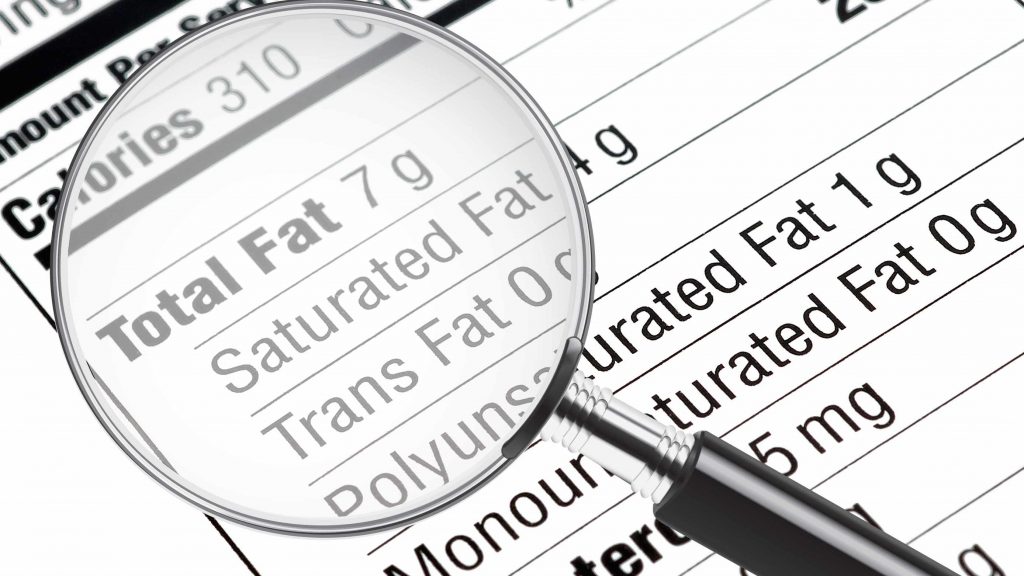-
Fat grams: How to track fat in your diet

QUESTION: What's an easy way to see how much fat I eat each day?
ANSWER: Tracking fat grams is an easy way to see if your fat intake meets dietary guidelines.
The 2015-2020 Dietary Guidelines for Americans recommend the following targets for healthy adults:
- Total fat: 20% to 35% of daily calories
- Saturated fat: 10% or less of daily calories
To figure out what that means for you, start with the number of calories you normally eat or want to eat a day. Multiply that number by the recommended percentages to get a daily range of fat calories.
Here's an example based on a 2,000-calorie-a-day diet:
- Multiply 2,000 by 0.20 (20%) to get 400 calories and by 0.35 (35%) to get 700 calories.
- Multiply 2,000 by 0.10 (10%) to get 200 calories.
How many fat grams is that? There are 9 calories in a gram of fat, so divide the number of calories by 9.
- Divide 400 calories by 9 to get 44 grams. Then divide 700 calories by 9 to get 78 grams.
- Divide 200 calories by 9 to get 22 grams.
So if you're following a 2,000-calorie-a-day diet, your target range for total fat is 44 to 78 grams a day. Of that, saturated fat should make up no more than 22 grams.
To monitor the fat in your diet, simply add up the fat grams from the foods you ate during the day. Use the Nutrition Facts label to find out how much fat is in the foods you eat.
Remember to choose healthy fats (monounsaturated and polyunsaturated) and limit unhealthy ones (saturated and trans).
This article is written by Katherine Zeratsky, R.D., L.D. and Mayo Clinic staff. Find more health and medical information on mayoclinic.org.
Related Articles







